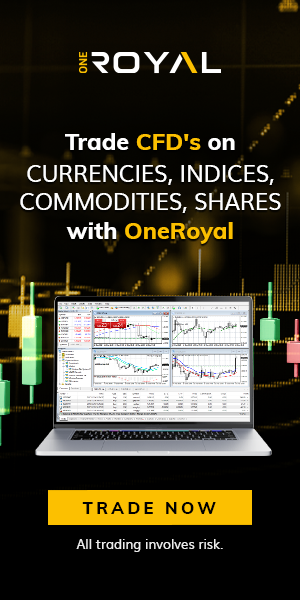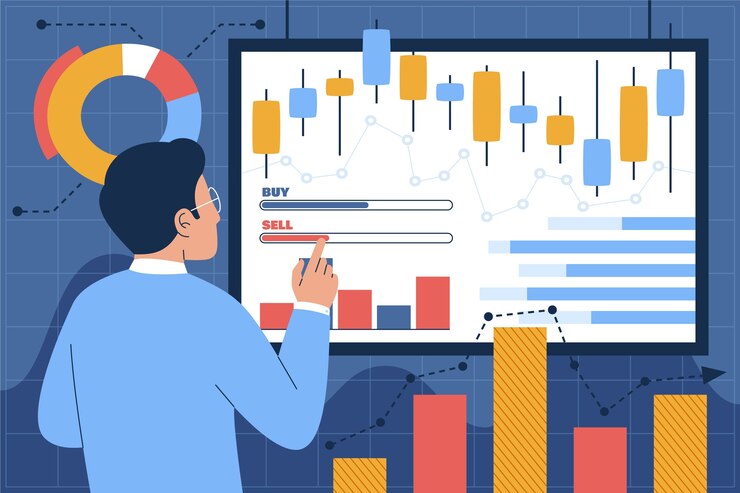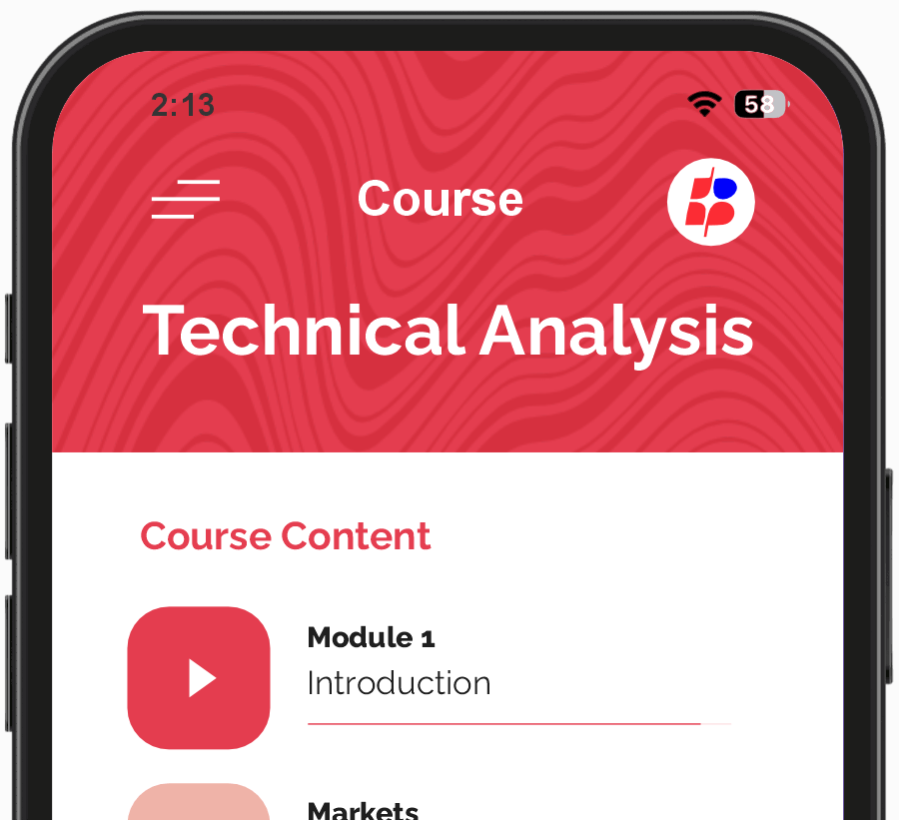Price ladder analysis is a technique that I will advice traders to use in order to correctly visualize the price levels and order flow in the market.
This method is very important because it because it helps you know supply and demand and as a result you are able to make the right precision and decisions.
There are various markets that Price Ladders is normally used in; Forex, stocks and futures to your facilitate trading strategies.
In This Post
Price Ladder Analysis in Trading
A price ladder is a visual tool that displays the current prices at which trades can occur, along with relevant order book information.
It consists of many components like the price levels, details about buy and sell orders, and the bid-ask spread. Each price level shows the quantity of orders available at that price and that helps you to examine the market interest.
It is not like the normal traditional chart analysis which focuses on just historical price movements, but Price Ladder analysis deals with order flow and market depth.
This difference allows traders to see not just the prices but also how many orders exist at each level and this make provison for a clear view of the market activity and potential price movements.
Mechanics of Price Ladder Analysis
To read a price ladder effectively, start by familiarizing yourself with its structure. Each row represents a price level, displaying the number of buy (bid) and sell (ask) orders at that price.
Knowing how buy and sell orders flow is crucial; a high number of buy orders may indicate strong demand, while a significant number of sell orders can signal selling pressure.
Liquidity and market depth are key elements in price ladder analysis. Liquidity refers to how easily an asset can be bought or sold without causing price changes, while market depth shows the number of orders at different price levels. A deeper market with many orders can absorb larger trades without dramatic price shifts.
To illustrate, a typical price ladder setup may display several price levels, showing how many orders are placed at each level.
For example, if the price is $100, the ladder might show 50 buy orders at $99 and 30 sell orders at $101. This visualization helps traders gauge where the market might move next.
Importance of Price Ladder Analysis in Trading
Price ladder analysis makes you know market sentiment and the behaviour of traders. When you observe the order flow, you can determine whether buyers or sellers dominate the market
Using this analysis is very beneficial for short-term trading strategies, because it allows traders to react quickly to market changes. For instance, knowing a sudden change in buy orders can signal a potential price increase and that prompts a timely trades.
Price ladder analysis can also aids in showing the major support and resistance levels. When you know where the major buy or sell orders accumulate, you can know price levels that may act as barriers and that helps you strategize your entries and exits better.
Metrics in Price Ladder Analysis
When using price ladder analysis, several critical metrics are essential for making informed trading decisions:
1. Order Flow
This refers to the rate at which buy and sell orders are executed. A strong order flow indicates active participation in the market, which can signal potential price movements.
2. Volume
Volume represents the total quantity of shares or contracts traded within a specific timeframe. High volume often confirms price movements, while low volume can indicate weak market interest.
3. Liquidity
This metric measures how easily an asset can be bought or sold without causing significant price changes. High liquidity typically means lower spreads and less slippage, making it easier to enter and exit trades.
Market orders are applied immediately at the current market price, while limit orders are placed at a specific price and may not execute right away. This differences will help you to see how orders may affect the price ladder.
Price Ladder Analysis in Trading Strategies
When you use price ladder analysis in your trading strategies, it will influence the kinds of decisions you make. See how you can use Price Ladder analysis in you trading strategies:
1. Day Trading
Traders can use the price ladder to identify entry and exit points based on real-time order flow. By monitoring buy and sell pressures, they can react quickly to changing market conditions.
2. Scalping
This strategy involves making quick trades to profit from small price movements. Price ladder insights can help scalpers identify optimal moments to enter and exit, capitalizing on fleeting opportunities.
3. Momentum Trading
Traders can leverage price ladder analysis to identify strong price movements. If they observe a surge in buy orders at a certain level, they may choose to enter a position, expecting the momentum to continue.
Advantages in Volatile Markets
Price ladder analysis is very beneficial in volatile markets where rapid price changes occur. When the real-time order flow is observed, you can make quick decisions that traditional analysis may not support effectively.
When Price Ladder Analysis is More Beneficial
Situations that may favour price ladder analysis include moments of high market activity, such as earnings announcements or major economic releases.
During these times, traditional indicators may lag behind, while the price ladder offers immediate visibility into market dynamics.
Common Limitations of Price Ladder Analysis
1. Complexity
For beginners, the price ladder can seem overwhelming due to its detailed information. Interpreting the various components accurately requires experience and practice.
2. Market Noise
In highly active markets, price ladders can become cluttered with numerous orders, making it difficult to discern significant trends from random fluctuations.
3. Overreliance on Data
Relying solely on price ladder data can be risky. Market conditions can change rapidly, and ignoring broader market context or other analytical tools may lead to poor decisions.
4. Misinterpretations
Traders can misinterpret order sizes or flows, mistaking temporary spikes in buy orders for sustained demand. This can lead to incorrect trading positions.
Practices for Effective Price Ladder Analysis
To make the most of price ladder analysis, consider the following best practices:
1. Integrate into Trading Routines
Regularly incorporate price ladder analysis into your trading strategy. Make it a habit to review the ladder alongside other indicators before making decisions.
2. Combine Insights with Other Tools
Use price ladder insights in conjunction with technical analysis and fundamental analysis. This comprehensive approach can enhance your understanding of market dynamics and improve trading outcomes.
3. Develop a Disciplined Approach
Establish clear guidelines for when to act based on price ladder data. Having a disciplined trading plan can help you avoid impulsive decisions and minimize emotional trading.
4. Practice and Review
Continuously practice reading price ladders and review past trades to understand what worked and what didn’t. This will help you refine your analysis skills over time.
Future Trends in Price Ladder Analysis
1. Emerging Technologies
New tools and software are being developed to enhance price ladder analysis, making it easier for traders to visualize and interpret data. Advanced charting software may offer real-time updates and predictive features.
2. Impact of Algorithmic Trading
The rise of algorithmic trading is changing price ladder dynamics. Algorithms can execute trades based on specific price ladder signals, influencing market behavior and order flows.
3. Predictions for Evolution
As the trading landscape evolves, price ladder analysis is likely to become more integrated with artificial intelligence and machine learning technologies.
These advancements could provide deeper insights and help traders make more informed decisions based on real-time data analysis.
Frequently Asked Questions
1. What is the difference between a price ladder and a traditional order book?
A price ladder is a visual representation of buy and sell orders at various price levels, focusing on real-time order flow and liquidity.
In contrast, a traditional order book lists all pending buy and sell orders without the same level of visual organization, making it less intuitive for quick decision-making.
2. How can I set up a price ladder in my trading platform?
Most trading platforms allow you to enable a price ladder view in the settings or layout options. Look for features related to “order book” or “depth of market,” where you can customize the display to show the price ladder.
3. Is price ladder analysis suitable for all trading styles?
While price ladder analysis is particularly beneficial for day trading, scalping, and momentum trading, it can be adapted for other styles as well. However, traders should consider their specific strategies and market conditions to determine how best to utilize this tool.
4. What are the best markets for using price ladder analysis?
Price ladder analysis is effective in various markets, including Forex, stocks, and futures. It’s especially useful in highly liquid markets where order flow is robust, enabling traders to make quick decisions based on real-time data.
Conclusion
It’s essential to recognize that continuous learning and adaptation are important in trading. As markets evolve, staying informed and refining your skills will contribute to long-term success.
I encourage you to experiment with price ladder analysis and integrate it into your trading routine to improve your performance and develop a deeper understanding of market movements.




